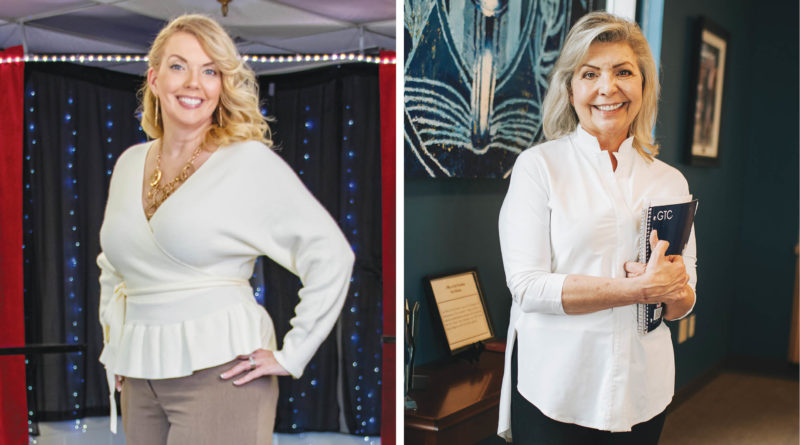Dress to Impress
Knowing what to wear, when to wear it and how to wear it well when you’re going out
By Janna Zepp | Photos by Becca Bachtel, Justin Borja, Skeebo and Becky Stinehour
Up until the middle of the 20th century, proper attire for events appeared to be self-evident. People seemed to instinctively know what to wear, when to wear it, and the occasion for which they were wearing it. Then came the 1960s, when 35th President John F. Kennedy showed American men that they were no longer required to wear hats as a part of their daily wardrobe, the Summer of Love happened, and everybody rode on the Peace Train into an ultra-casual wardrobe that has never been quite the same since. No one should feel out of touch for not knowing what to wear when the infamous word “attire” shows up on a party invitation. Lots of people find themselves in the dark while looking at their wardrobes for what to wear when specifically directed to don a certain look. The following examples might help when faced with the conundrum of what to wear, when to wear it, and how to wear it well.

Casual
For both men and women, shorts, jeans, nice T-shirt, golf/knit shirt, casual front button shirt are all great. That bold, floral-print maxi dress you bought on your last vacation or a light-weight broom skirt you’ve had for awhile but seldom wear would be perfect. Appropriate shoes include: athletic shoes, comfortable (but not worn out) casual shoes, sandals (whatever your gender, please update your pedicure), and yes, flip-flops as long as they are in good shape and not considered more appropriate for wearing to a campground shower house.
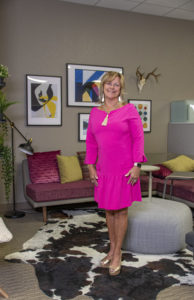
Business Casual or High Casual
For men, khakis or slacks, a sport coat/blazer, sweater, collared golf shirt, dress shirt and tie or open-collar shirt are all just fine. Appropriate footwear includes: loafers, boots, non-patent leather Oxford shoes, and brogues.
Women’s options include an afternoon dress, pants outfit, slacks/skirt and a sweater or nice shirt. As for shoes, wear loafers, boots, non-patent leather opera pumps or kitten heels, mid-calf boots, Chelsea boots, heeled clogs, ballet flats, D’Orsay flats, knee-high boots, high or kitten heel sandals, and flat mules.

Semi-Formal
AKA Black tie, black tie plus, black tie optional, ad infinitum. In the United Kingdom, what we call a “tuxedo” is a “dinner suit.” It has multiple monikers, but one meaning: try to look like James Bond or Vesper Lynd in Casino Royale.
Whether you’re taking on Le Chiffre as in the 2006 film, or SMERSH as in John Huston’s 1967 comedy spoof of the classic 1953 Ian Fleming novel, there are some rules for the right wardrobe.
For men, wear a black tuxedo suit with matching trousers, formal white shirt (plain or pleated front), studs, and cufflinks, black bowtie, black cummerbund, black patent shoes (highly shined black leather Oxford shoes are acceptable). If you choose to wear a vest, it should be a subtle pattern or black.
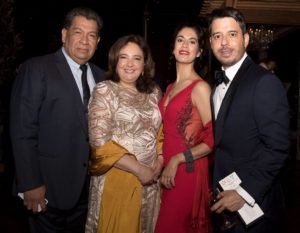
Women can wear either any length of an evening gown, evening pantsuit, or a short, elegant cocktail dress.
Black tie plus: there are other colors of bow ties, cummerbunds, and vests available to wear with the traditional black tie. Generally, wearing color accessories instead of traditional black is unquestionably acceptable at semi-formal occasions touted as “black tie.”
Black tie optional: men may wear a tuxedo if the event is after 6 p.m., otherwise a dark suit with a white shirt and an understated or black traditional tie or bow tie is appropriate.
Western formal: put your dress boots and a dark felt hat on in addition to the instructions above. Bolo ties may be substituted for the traditional ties.
White dinner jacket: Save it for the summer. All other rules apply.
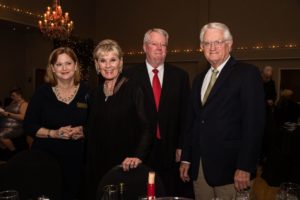
Cocktail/Formal Business
For men, suit, dress shirt, and tie. In the shoe department: non-patent leather Oxford shoes, Derby shoes, Chelsea boots, and dress boots. For women, social dresses, elegant separates (tops, skirts, slacks), and a nice skirt/pantsuit are great for the ladies. Pair these with leather opera pumps or kitten heels, knee-high boots, high heel or kitten heel sandals, or D’Orsay flats.
Formal, Full Evening Dress or White Tie
“White tie” is the zenith of formal attire and worn primarily for diplomatic occasions or debutante balls. Men wear a black coat with tails, black evening pants, black patent leather shoes, stiff white wing collared shirt, studs, white pique vest and white tie. Women wear formal, full-length evening gowns.
A debutante ball, sometimes called a coming-out party, is a formal ball that includes presenting debutantes during the season, usually during the spring or summer. Debutante balls may require prior instruction in social etiquette. The dress code is white tie and tails for men, and strictly floor-length pure white gowns for women. Long white gloves are commonly worn by female debutantes and are considered a symbol of femininity.
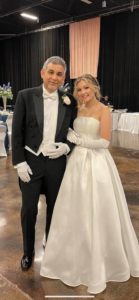
Cotillion is similar. In the U.S., a cotillion is a formal ball, often the venue for presenting debutantes. The tradition of cotillion began in the early 18th century Europe with French royalty.
Later it became popular in England among families of nobility and white families in the United States of great wealth, especially in the South. In the early 20th century, many affluent Black families adopted the tradition, which continues today.
In the contemporary U.S., these events are sometimes known as cotillion balls and are held for middle school students as a chance to teach manners. The five most well-known debutante balls in Texas are:
- Dallas: The Idlewild Ball
- Fort Worth: Steeplechase Ball
- Laredo: The Society of Martha Washington Debutante Ball
- San Antonio: The Charity Ball
- Tyler: The Texas Rose Festival Coronation Ball
A sixth Texas local event worthy of full evening dress must be mentioned: The Central Texas Orchestral Society’s own Wildflower Ball at which debutantes and their escorts are presented and celebrated.
These young people have successfully completed the Wildflower Belle and Escort Candidate Program, which teaches social and business etiquette, dance, and community service.
Full evening dress does not have to be exclusively regulated to debutantes and diplomats. The popularity of Edwardian era themed parties ignited by the hit PBS television series Downton Abbey brought the formal suit back into style for fun, formal evening events with friends.
A note about dress occasion footwear: it is exceptionally déclassé to remove ones shoes and go about barefoot on the ballroom floor.
Wear more comfortable footwear appropriate to the occasion rather than a high heel or a tight leather dress shoe. A plain, yet sleek, well-made ballet or D’Orsay flat is far more practical and fashionably correct than a shoe that looks great but hurts. Invest in formal footwear that actually fits, even if you must spend a bit more for it. Your feet and your hosts will thank you.
Hats Off
Finally, a word about hats, specifically of the western variety: Wear your straw when it’s hot and the occasion is casual. Wear your felt when it’s cold or the event is semi-formal/formal.
Wear what makes you look good and remember to take the hat off when you come inside to eat.

